A few years ago, Chinese electric car maker BYD was all about survival, but now it's threatening Tesla's throne.
BYD was founded in 1995 and initially made batteries. However, it has become known in recent years for its electric vehicles. It sold more than 431,000 vehicles in the third quarter, just under 4,000 behind Tesla.
BYD expects to sell 3.6 million vehicles this year (including electric and gasoline-electric vehicles), a figure that could put them in the top 10 largest automakers in the world in terms of vehicle sales. In the first quarter of this year, they also surpassed Volkswagen to become China's best-selling car brand and are actively exporting.
This leap is a testament to the ambition of BYD's two leaders: BYD founder Wang Chuanfu (57 years old) and Senior Vice President Stella Li (53 years old).

Wang Chuanfu and Stella Li at the Munich Auto Show in September. Photo: Bloomberg
Wang was born in 1966 into a farming family in Anhui. He lost his parents at an early age and was raised by his siblings. Wang earned a bachelor's degree in chemistry and later worked as a battery researcher at a state-run research institute.
In 1995, Wang founded BYD after borrowing $300,000 from a wealthy relative. At the time, BYD only made batteries for use in phones and other devices.
In interviews, Wang said he had no specific meaning in mind when he came up with the name BYD. The company now says BYD stands for Build Your Dreams. Wang has previously joked that BYD stands for Bring Your Dollars.
To speed up production and save costs, Wang hired more than 1,000 workers. He divided the battery manufacturing process into hundreds of steps, allowing untrained workers to do the job without expensive equipment.
In 1996, Stella Li, a statistician who graduated from a top university in China, joined BYD. Although Li’s English was still weak, Wang sent her to Europe and China to visit phone companies to see if they would be more interested in cheap Chinese batteries than those from leading Japanese companies.
Li then promised that they could meet any customer's price and time requirements. A BYD executive recalled that a customer once joked, "The first English sentence Li learned was probably 'We can do that'."
In the late 1990s, Li unexpectedly showed up at the Atlanta office of Michael Austin, a Motorola executive, and asked to meet with the company’s purchasing department. Austin recalls being shocked to learn that BYD relied on workers rather than machines to produce its products, and worried about quality issues. Li convinced him, however, by explaining that they had a process in place to ensure that defective products were eliminated.
“She was very assertive, very persuasive,” recalls Austin, who went on to become BYD’s head of U.S. business for more than a decade.
In 2000, Motorola became BYD's customer. Two years later, Nokia followed. This helped BYD enter the top 5 rechargeable battery manufacturers in the world. Mobile phone sales began to explode, making BYD one of the cheapest suppliers.

A BYD assembly line in Shenzhen in 2016. Photo: Reuters
When BYD went public in Hong Kong in 2002, Wang used some of the IPO proceeds to buy an abandoned car factory from a state-owned arms company. Since he was making batteries, he saw the potential for them in cars. Toyota had pioneered the Prius with its gasoline-electric car in the late 1990s.
BYD’s first car was a gasoline-powered F3, released in 2005 and almost identical to the Toyota Corolla. To the uninitiated, the only difference between the two cars was the badge.
Wang has never been shy about this strategy. In interviews, he has said that BYD draws inspiration from other companies' finished products.
“We have to learn from them, so we can stand on their shoulders,” he said in an interview in China in 2021. A BYD spokesperson also affirmed that they always respect intellectual property rights and respect other businesses.
When making cars, Wang used the same strategy as making batteries to keep costs down. He avoided investing in expensive equipment and hired thousands of employees to do simple processes.
The company makes almost every component in-house, from semiconductors to chassis and lights. From the very beginning, Wang decided to make the most expensive and important components of the car himself, including the battery.
This allowed them to sell the F3 for just $8,000, half the price of a Corolla at the time. Despite quality issues, such as windows that didn’t lift when lowered, the F3 topped the sales charts in China in the late 2000s.

BYD's booth at the Munich Auto Show. Photo: Reuters
Warren Buffett was among the few Americans who recognized BYD's potential. In 2008, David Sokol, Buffett's then-co-founder, traveled to Shenzhen to visit the BYD factory.
Li showed Sokol the competitiveness of BYD’s batteries and its diverse product portfolio. She also talked about her ambitions to expand internationally, including into the U.S. market. Wang took visitors on a tour of the factory, explaining BYD’s manufacturing and testing processes. They even have a fire extinguisher to ensure the batteries don’t catch fire.
That September, Warren Buffett’s investment firm Berkshire Hathaway bought a 10% stake in BYD for $232 million. Three months later, BYD launched the world’s first mass-produced gasoline-electric vehicle, ahead of General Motors and Toyota.
By the end of 2009, BYD shares had quadrupled in value. Berkshire’s stake had also risen to more than $1 billion. Wang became the richest man in China, according to Forbes at the time. Despite this, he maintained a frugal lifestyle, often flying economy class and carrying his own luggage.
In 2010, BYD began making all-electric vehicles. The decision was in line with Beijing’s policy. The Chinese government has introduced a series of subsidies, tax breaks, and exemptions from vehicle registration fees for EV buyers. By the mid-2010s, BYD was launching gasoline-electric vehicles that were significantly cheaper than Toyota.
In 2018, then-Toyota CEO Akio Toyoda traveled to China. Before meeting with Toyoda, Wang told executives he was worried Toyoda would ask how BYD’s first models would resemble Toyota’s. Toyoda, however, only asked how Wang could reduce production costs, the WSJ said.
BYD sold 21% fewer cars in 2019 than the year before, as competition in China increased, the domestic economy slowed, and the government scaled back its support for electric vehicles. Profits in 2019 fell by 50 percent. Wang said the company’s goal was simply to survive.
They then created a new battery that helped revive the company. Blade was born after years of research by Wang and his team of engineers to find a battery that was safe and could help cars travel longer distances.
Blade is installed on the Han electric car, which can travel 600 km on a single charge. This car costs 30,000 USD, 40,000 USD cheaper than the Tesla Model S that can travel the same distance.
Demand for the car then skyrocketed. BYD surpassed domestic startups NIO and Xpeng thanks to its diverse product lineup in terms of features and prices.
BYD has recently moved into Europe and Southeast Asia, exporting low-cost electric vehicles made in China. BYD aims to double its exports this year to 400,000. Outside of China, BYD is also a leader in electric vehicles in many markets, including Australia, Sweden, Thailand and Israel.
At the Munich auto show last month, executives from rival companies flocked to the BYD booth. Attendees had already booked test drives for BYD vehicles days in advance. BYD’s main export model, the Atto 3, is marketed in Europe as an “affordable luxury car,” priced at $40,000.
As BYD’s focus on exports has raised concerns in the United States and Europe, which are trying to build up their own industries at home. European automakers have increasingly complained about BYD and other Chinese automakers. The EU is also investigating whether Chinese automakers are unfairly benefiting from government subsidies.
In North America, BYD has become one of the largest makers of electric buses and trucks, a segment they see as easier to penetrate than passenger vehicles due to regulatory hurdles in the region. Tensions between the U.S. and China in recent years have made BYD executives less likely to see opportunities in the U.S. auto market.
Still, going international is essential for the company. China’s economy is slowing. Passenger car sales have fallen from a peak in 2017. Competition at home is also intensifying.
Last year, BYD stopped making gasoline-only vehicles. It plans to launch several new products, such as electric trucks, in overseas markets over the next three years. Over the past decade, as labor costs at Chinese factories rose 122%, BYD adapted by reducing its reliance on humans and increasing automation.
During the 2020-2022 period, BYD's global revenue increased fourfold. A BYD spokesperson said this was proof that customers were satisfied with the quality of the vehicles.
Speaking at an event in Shenzhen in August, Wang highlighted BYD’s evolution from a battery maker to a carmaker. It took them 13 years to produce 1 million cars, but only 1.5 years to produce 2 million more, and 9 months to sell the next 2 million.
"The era of Chinese cars has come," Wang concluded.
Ha Thu (according to WSJ)
Source link




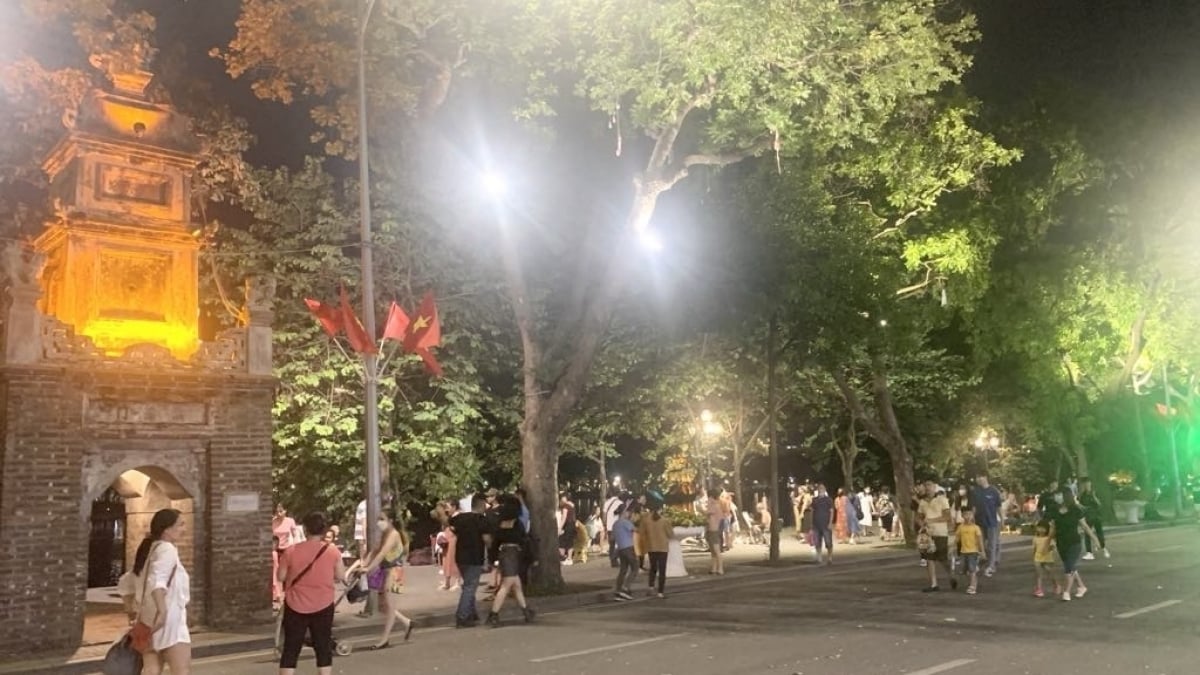
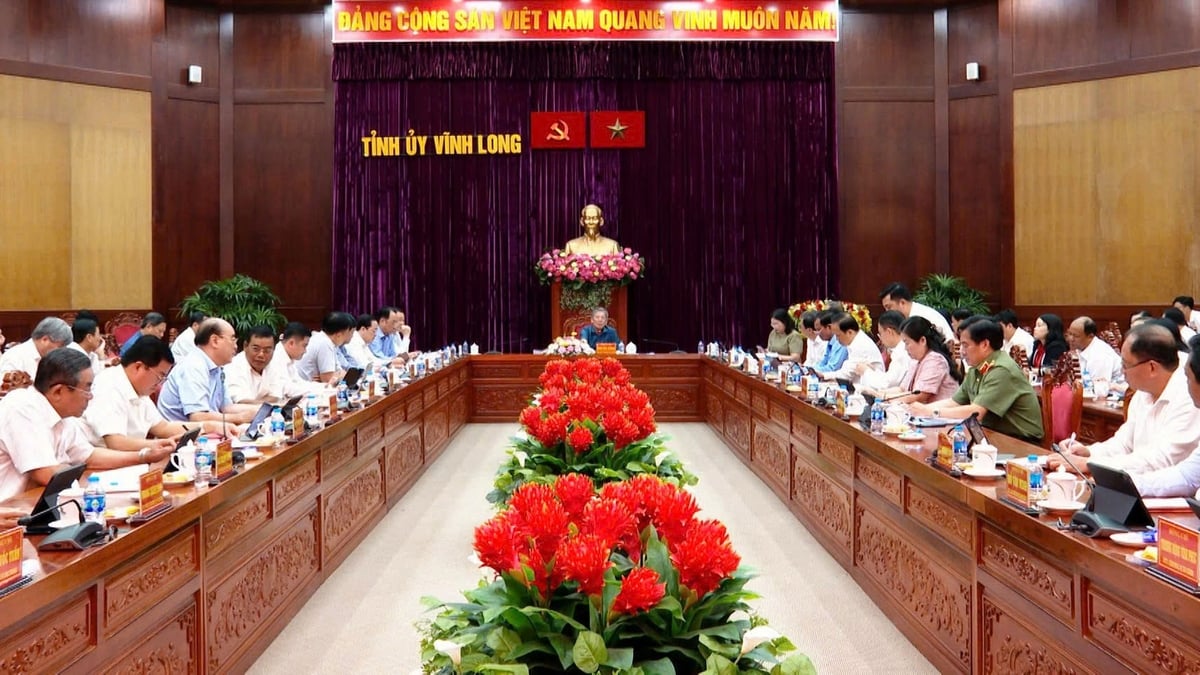
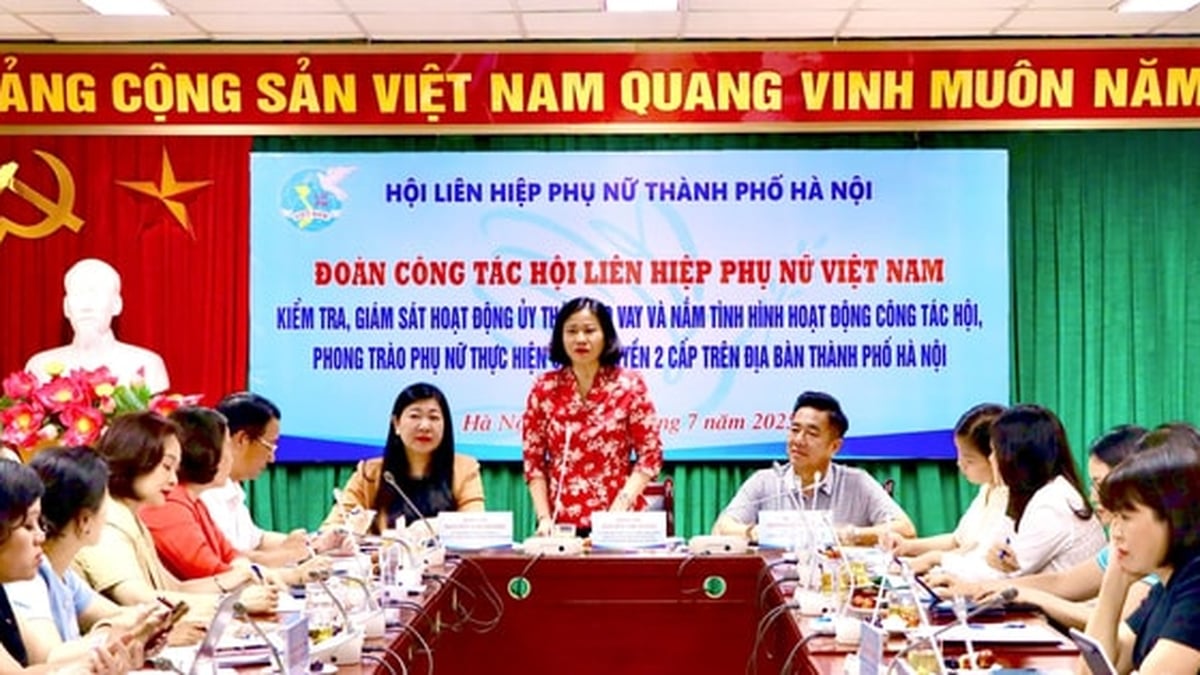

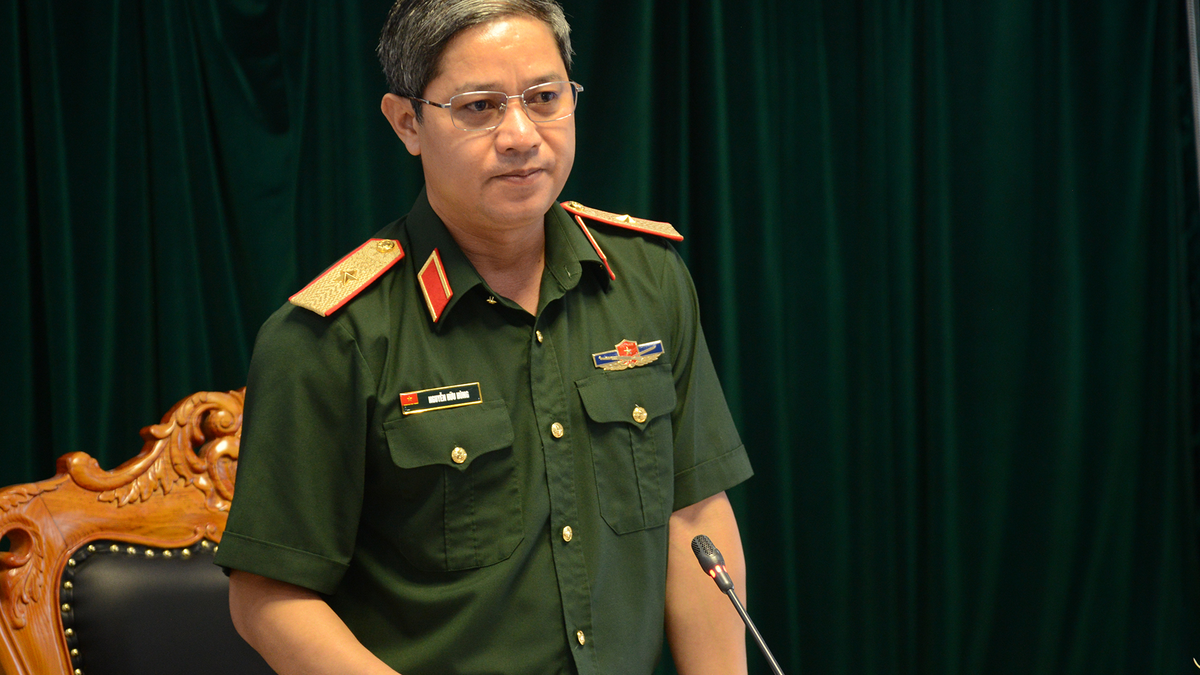
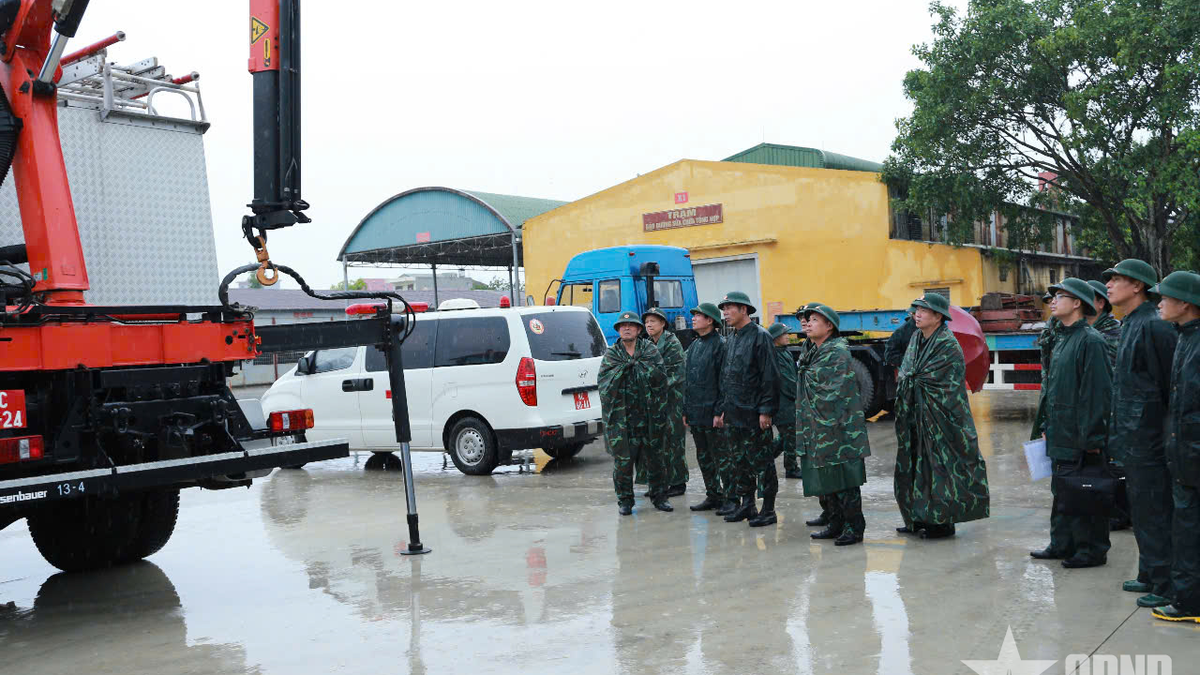
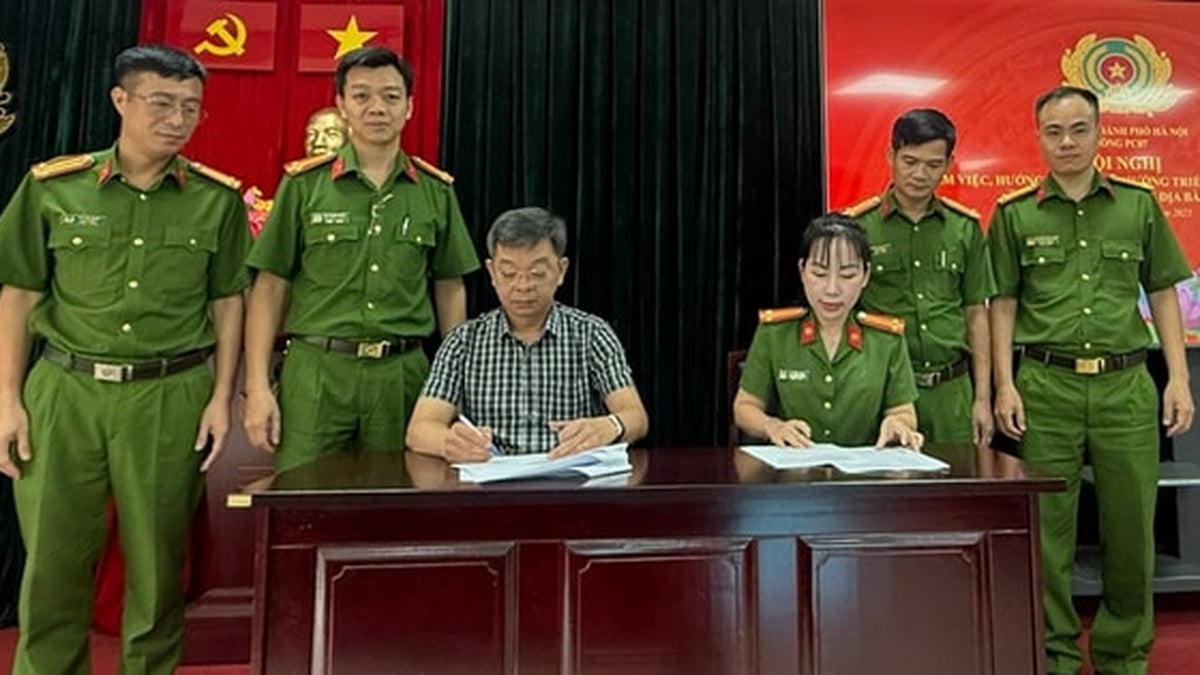
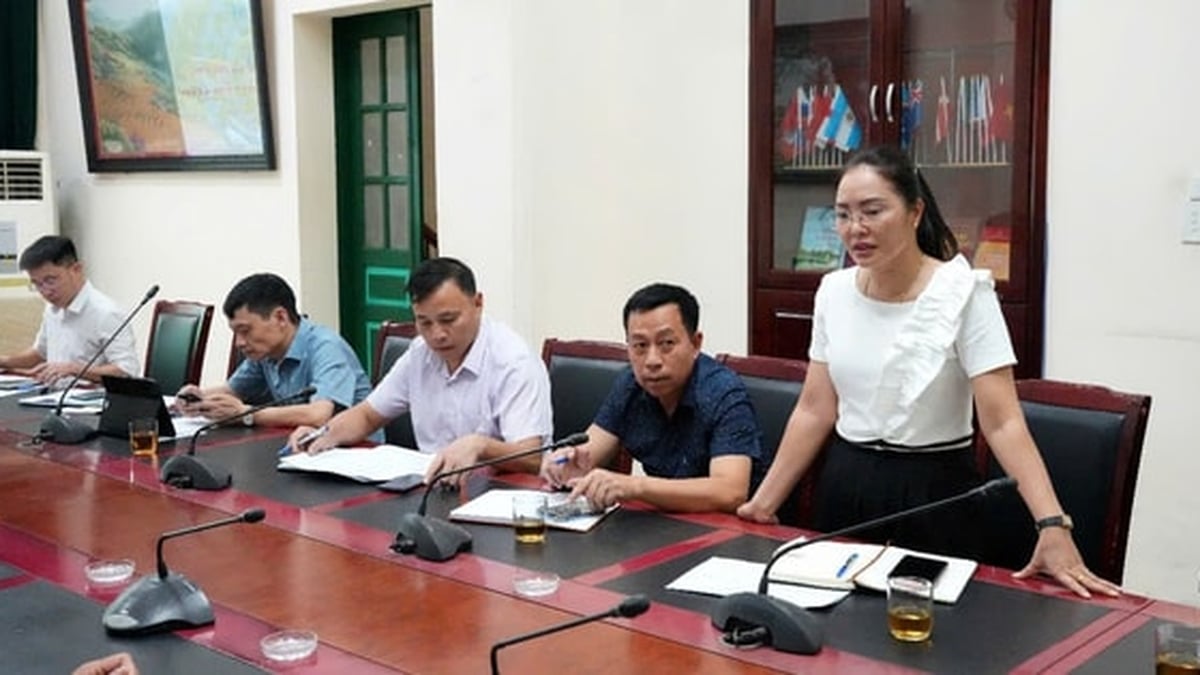

















![[Photo] National Assembly Chairman Tran Thanh Man visits Vietnamese Heroic Mother Ta Thi Tran](https://vphoto.vietnam.vn/thumb/1200x675/vietnam/resource/IMAGE/2025/7/20/765c0bd057dd44ad83ab89fe0255b783)








































































Comment (0)